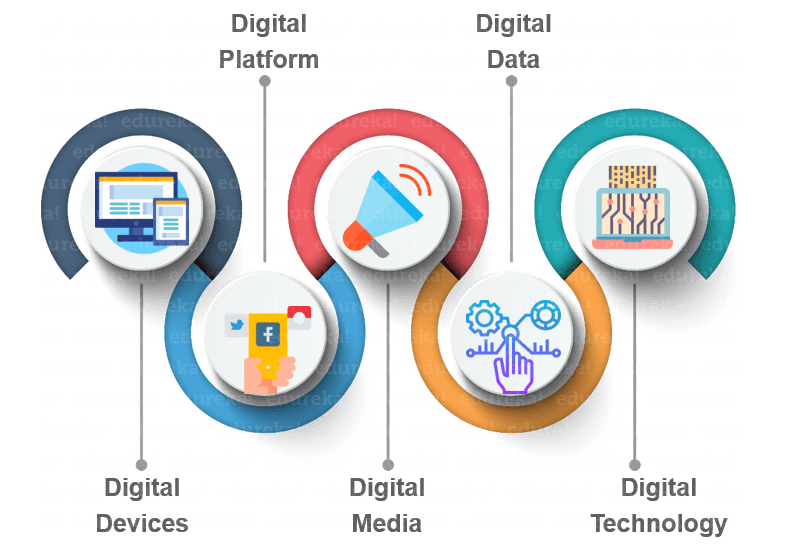
The 5 Ds of Digital Marketing
What Are the 5 Ds of Digital Marketing?
To unlock your online marketing strategy’s full potential, it is crucial to know what the five D’s of digital marketing are, and how to make use of them.
In simple terms, digital marketing is a marketing strategy through electronic means. Unlike other advertising approaches, it allows you to reach and connect to a wide scope of areas in a cost-effective way. Another advantage of this, among many, is the ability to market the targeted offers, which, in turn, builds stronger customer loyalty.
With that being said, it can be inferred that digital marketing involves the cooperation of consumers as well. Here is where the 5 D’s come into play. Individually, they deal with the various ways of how audiences communicate and interact with the brand.

Collectively, they provide insights to better implement marketing strategies. In total, the 5 D’s are composed of the different pillars of the electronic marketing world.
1. Digital Devices
Digital services can be accessed on different devices. Usually, you can communicate with your target audience through computers, laptops, tablets, and smartphones. However, more and more inventions are being released, including Smart TVs, watches, and gaming devices. These are used to interact with browsers, websites, and applications online.
2. Digital Platform
The wide range of digital platforms can be incorporated into digital marketing strategies in multiple ways. The first is to gain insights about target customers, such as their preferences and previous purchases. You can create your brand’s profile on an online platform, then use it to promote your products. To do so, share your offers and information about them in a way that can enthuse the audience to check out your label or website.
The best way to reach your audiences is to make use of social media platforms. While there are numerous browser sites and applications for that purpose, you are recommended to use popular ones to connect with more people. Examples include Facebook, Instagram, Twitter, YouTube, and many others. That is because the majority of digital users own at least one account on any of these platforms.
Read more: www.business2community.com



